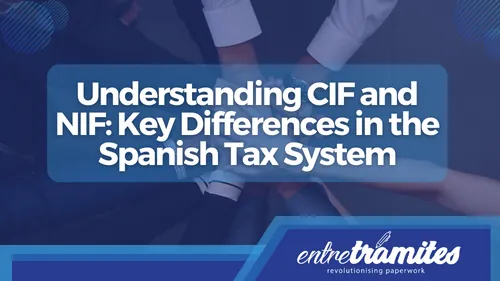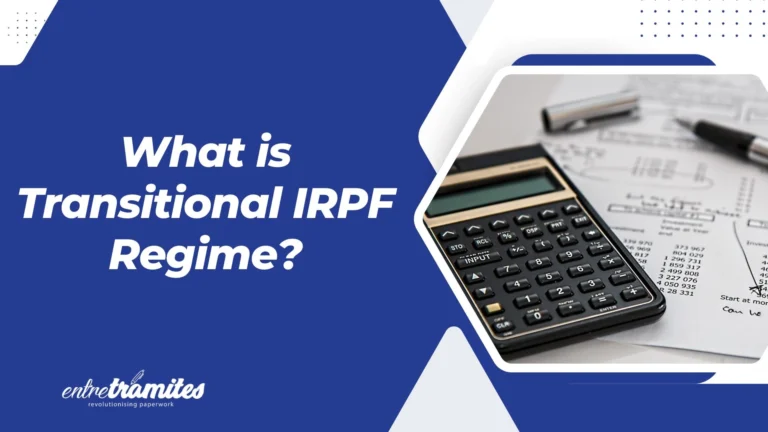In the Spanish tax system, two terms that have generated some confusion over time are the CIF (Tax Identification Code) and the NIF (Tax Identification Number). Although some still use both terms indistinctively, it is essential to understand that since 2008 the CIF ceased to have legal force, and instead was unified under the name NIF. Let’s look in depth at the differences and the implications for those who have a business in Spain.
CIF: A Historical Review
The CIF was introduced in the 1970s to simplify administrative procedures and facilitate the tax identification of companies, whether public or private entities. It consisted of a nine-character alphanumeric sequence, unique for each entity, and played a crucial role in tax identification.
However, with the passage of time and changes in tax regulations, the CIF was gradually incorporated into the concept of the NIF. Finally, in 2008, the CIF was abolished completely, marking the end of an era in the tax identification of entities.
NIF as a substitute
Since the entry into force of Royal Decree 1065/2007, the NIF was consolidated as the only official term for tax identification in Spain. This code applies to both natural and legal persons, replacing the old CIF and unifying the tax identification system.
For Spanish individuals, the NIF is derived from the DNI, to which a capital letter for verification is added. In the case of foreigners residing in Spain, the NIE (Foreign Identification Number) is used as equivalent to the NIF.
Structure of the NIF for Companies and Self-Employed
The NIF of legal entities follows a specific structure:
- Initial Letter: Identifies the legal form and nationality of the entity.
- 7-Digit Number: The first two indicate the province, and the next five are assigned according to the order of registration in the Mercantile Registry.
- Control Digit: It can be a letter or a number, used to verify the authenticity of the NIF.
The letters associated with different legal forms, such as A for corporations or B for limited liability companies, provide additional information about the entity.
In the case of the self-employed, the NIF coincides with the DNI, simplifying the identification and inspection process.
Difference between DNI and NIF
It is crucial to understand the differences between the NIF, the DNI (National Identity Document), and the NIE to avoid confusion. While the NIF has a specific tax purpose, the DNI is an identity document. The NIE, on the other hand, serves as tax identification for foreigners residing in Spain, being equivalent to the NIF.
With the CIF in our memory, now we only have the NIF and the NIE as fundamental tools to carry out tax procedures for both natural and legal persons in Spain. It is essential to stay informed and adapt to current regulations to avoid possible legal complications.
Do you need more information about companies in Spain?
At Entre Trámites we offer various services of management, advice, and support in bureaucratic procedures for self-employed, SMEs, and other types of companies. Contact us! Through our contact form, you can leave your details for us to call you, schedule a free consultation, or simply text our WhatsApp.





